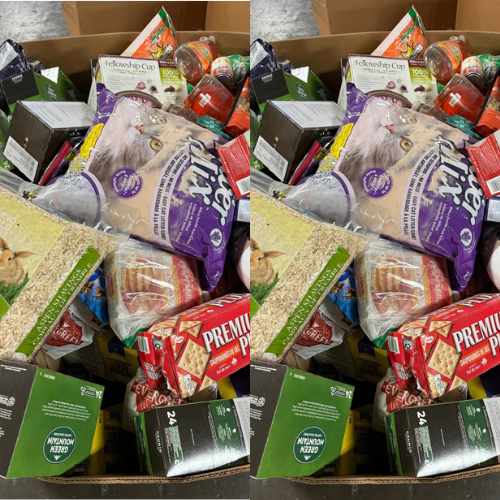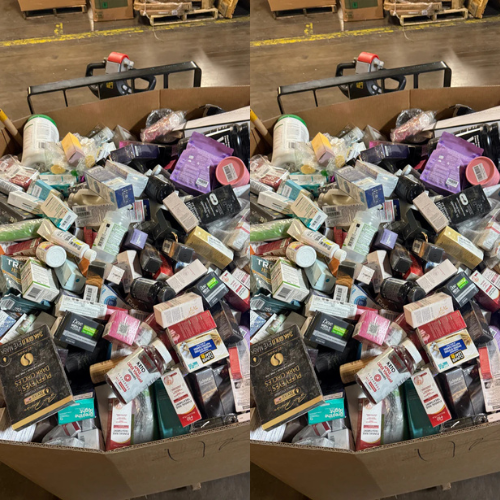Liquidation pallets can contain various products spanning different categories, such as electronics, apparel, home goods, toys, and more. Due to their mixed nature, these pallets often present a prime opportunity for resellers to discover high-value items at deeply discounted rates.
Before delving into the art of spotting profitable deals, it’s essential to grasp the concept of liquidation pallets. Essentially, liquidation refers to selling off surplus or discontinued goods at a fraction of their retail price. These goods can come from various sources, including overstock, customer returns, shelf pulls, and closeouts. Liquidation companies acquire these items in bulk and then package them onto pallets for resale.
Finding Liquidation Pallets Near You
One of the first steps in uncovering profitable deals in liquidation pallets is locating reliable sources. Here are some avenues to explore:
- Online Liquidation Marketplaces: Websites directly connect buyers with liquidation sellers, offering a diverse range of pallets from various retailers and manufacturers.
- Local Liquidators: Research local liquidation companies or wholesalers in your area. Visiting their website, warehouses or attending auctions can provide direct access to pallets and better deals due to reduced shipping costs.
- Retail Store Liquidation Sales: Look for retail stores in your vicinity that are closing down or undergoing liquidation. These sales events often feature pallets of discounted merchandise that can be purchased onsite.
Evaluating Liquidation Pallets for Profitability
Once you’ve identified potential sources of liquidation pallets, the next step is to evaluate them to ensure profitability. Here are some key factors to consider:
1
Manifests:
A manifest is a list of items in a pallet. Reviewing the manifest allows you to assess the assortment of products and estimate their resale value. Look for pallets with a good mix of high-demand items and avoid those with excessive quantities of low-value products.
2
Condition of Goods:
Liquidation pallets often contain customer returns or shelf pulls, including new and used items. Assess the condition of the goods to determine their resale potential. While some products may require minor repairs or cleaning, others may be damaged beyond salvageability.
3
Market Demand:
Research market trends and demand for the products included in the pallet. Items currently popular or in high demand are more likely to sell quickly and at a higher price.
4
Shipping Costs:
Consider the logistics of transporting the pallet to your location. Factor in shipping costs and any additional fees or taxes to accurately assess the total investment required.




Leave a comment